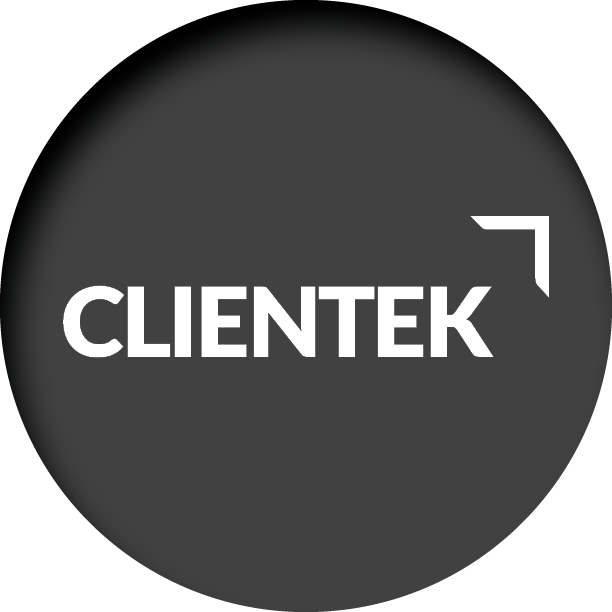The most effective teams are those in which the members care about one another and care about their shared outcomes. When a group can collaborate in this way, trust is quickly built. Challenges are easier to face and communication is frequent and clear. While some might say “this feels like family” I think it is more accurate to say “this is a community”.
At Clientek we’ve been striving for more than 30 years to create this kind of community within our company. Then to bring that sense of community to our smaller teams, each executing a plan. When the company can celebrate and demonstrate community, that kind of collaboration within the teams comes naturally.
Here are some key lessons we’ve learned over that time, each a refresher of things we learned on the playground, long ago.
Good Fences Make Good Neighbors. Team members don’t need to share everything. Nor do they need to constantly work in close proximity with one another. Individual team members will have their own requirements for privacy and alone-time. Those boundaries must be respected by everyone. Trust is enhanced when fences are honored.
Lead By Example. The mood of the leader is the mood of the team, or the company. Hallway posters and slide shows at the company meeting don’t cut it. Leaders must model community behavior every day in everything they do. Allowing a healthy dollop of transparency cements the concept even more. Let everyone see how the leaders handle adversity.
Differences Are Strengths. “Any time two people always agree, one of them is not needed.” (To paraphrase Dale Carnegie.) Consensus within a team needn’t imply agreement on every point. Consensus is a contract to work together regardless of particulars. Different points of view and different approaches are healthy for teams. This bit of tension strengthens the team. Especially when each member genuinely cares about the well-being of the other members.
People Are People. When talking, people interrupt one another. People say things they don’t mean. People carry emotions that affect their work life whose causes are outside their work life. People make mistakes. People tell bad jokes that they shouldn’t. Give everyone some slack. Then refer back to “Good Fences”.
Always Assume the Best. This is an important corollary to “People Are People”. Remember, always, that a community is striving toward a shared outcome. Every member wants that outcome and wants to contribute to it. When something happens or something is said that can be interpreted otherwise, start out by assuming the best. That a negative comment was misheard or misspoken. That a bad joke was a genuine mistake. That a crazy idea is intended to help.
A community is stronger than a group or a team. Build communities in your company to be a stronger company.


